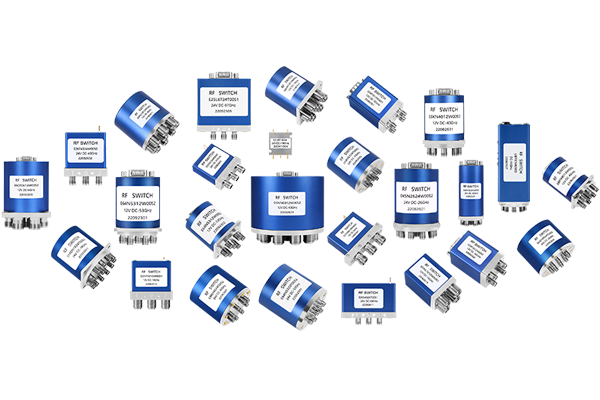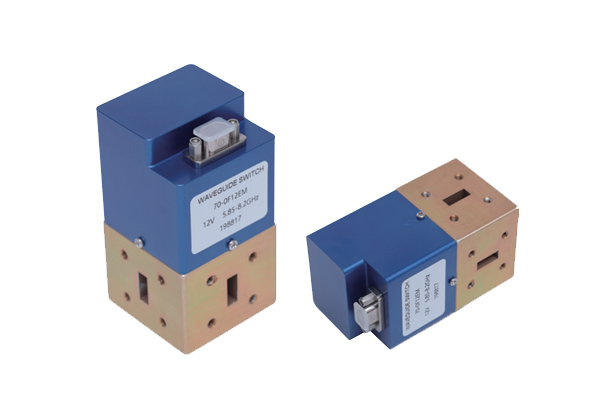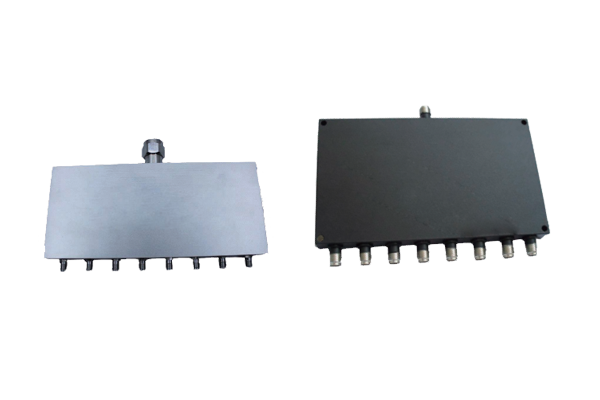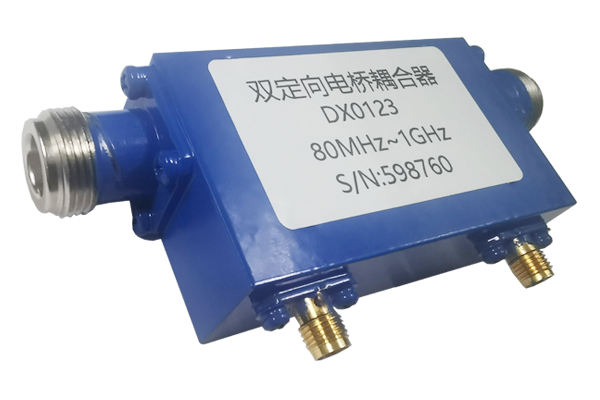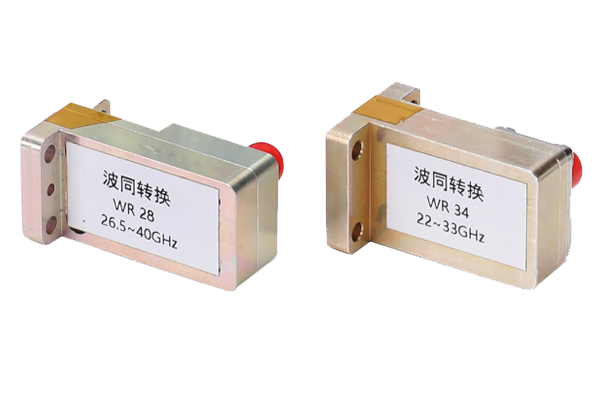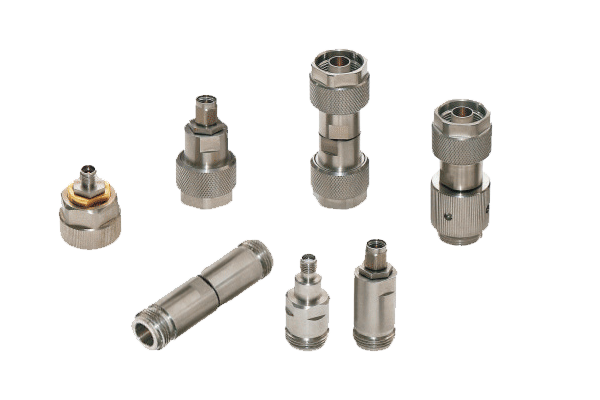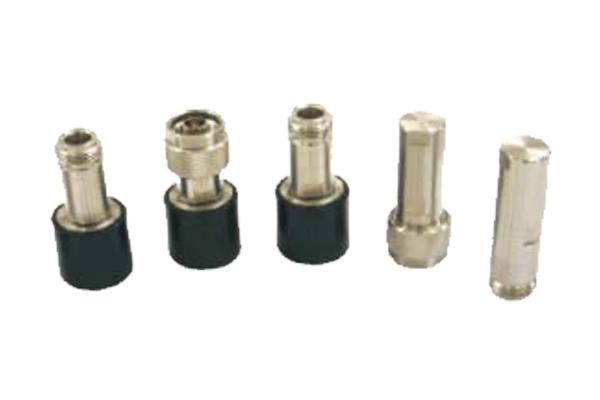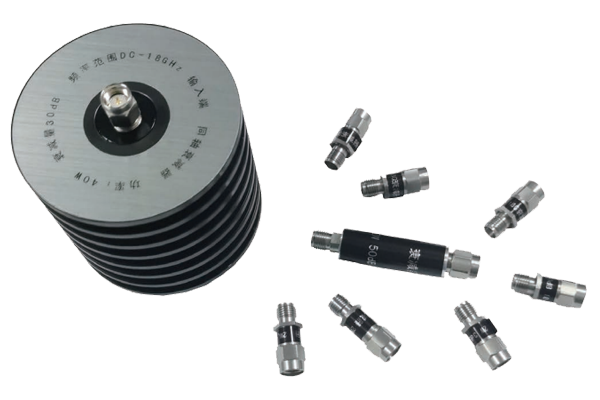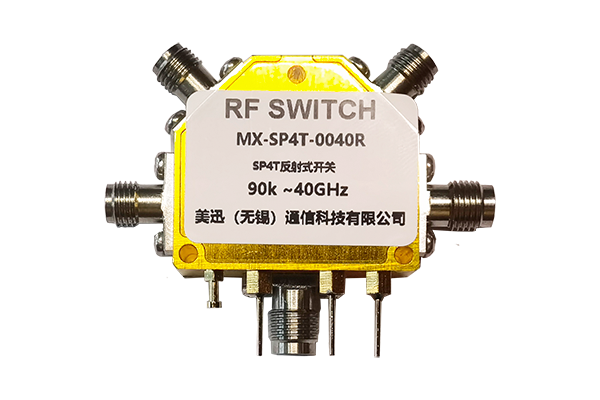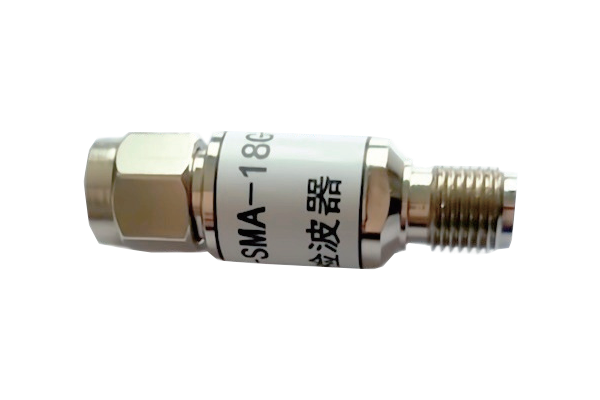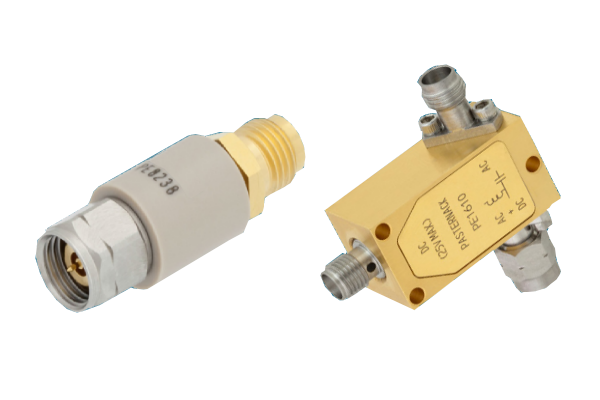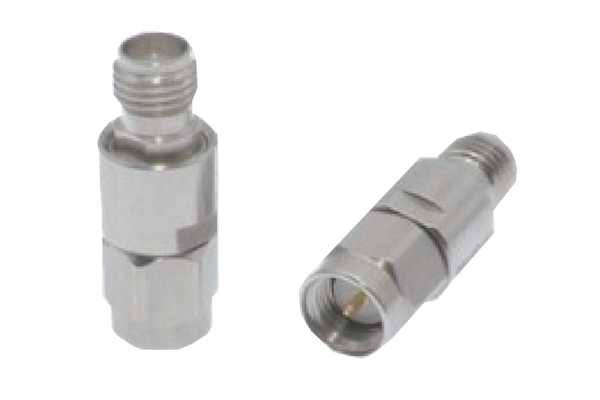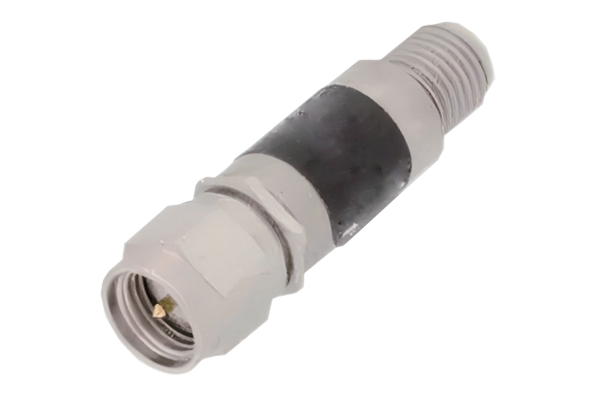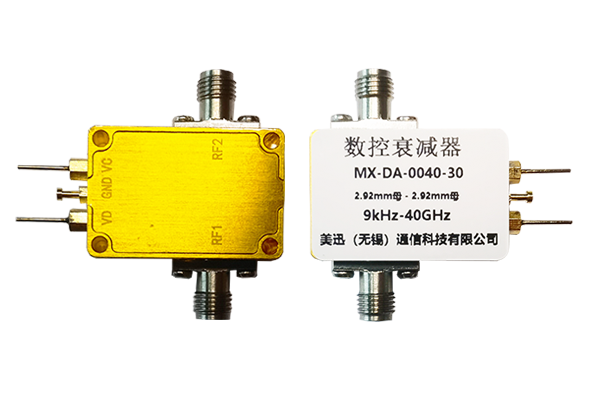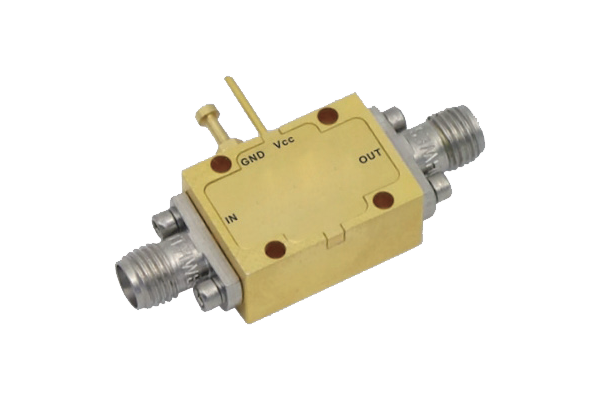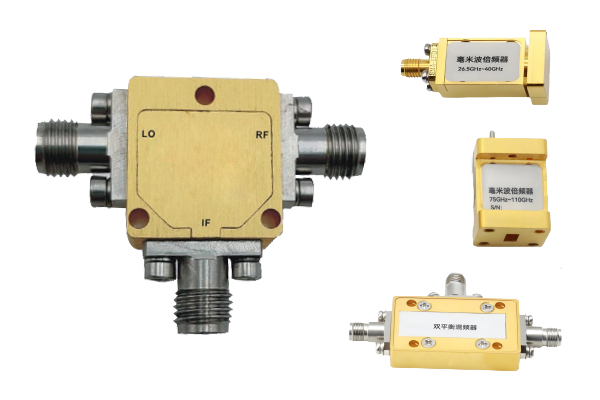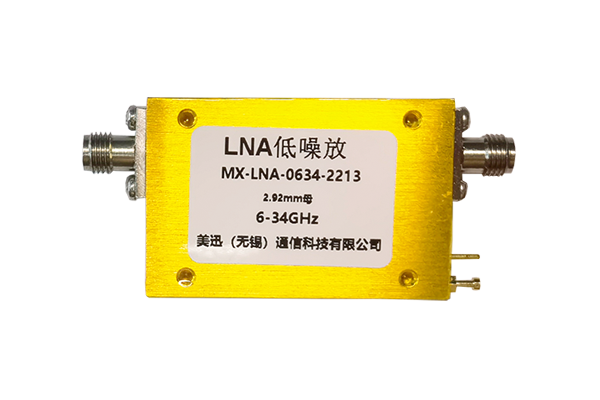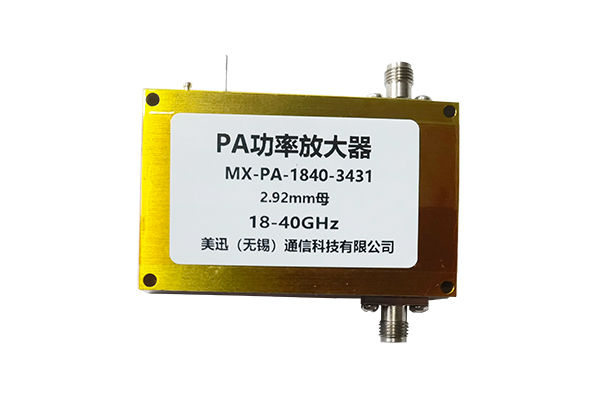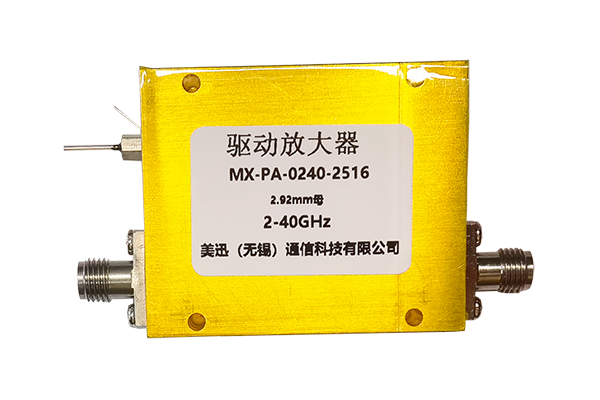How does a coaxial switch achieve signal switching
A coaxial switch realizes signal switching through the following key mechanisms.
First, its internal contact structure is pivotal. The switch contains multiple sets of contacts, such as blade - type or pin - type contacts. When a control signal (electrical, mechanical, or manual) is applied, the contacts move to establish or break the electrical connection within the coaxial transmission line. For example, in an electromechanical coaxial switch, an electromagnetic coil is energized. This generates a magnetic field that attracts a movable armature, which then moves the contacts to connect the desired coaxial ports. This physical connection allows the radio - frequency (RF) signal to flow through the selected path.
Secondly, the design of the coaxial structure itself supports signal switching. The coaxial cable, with its concentric inner conductor, dielectric, and outer conductor, ensures efficient signal transmission. The switch is engineered to match the impedance of the coaxial cable, minimizing signal reflections. When the contacts connect different coaxial lines, the impedance matching is maintained, enabling seamless signal transfer from one port to another without significant power loss or distortion.
In addition, modern coaxial switches often incorporate control circuits. These circuits can receive control commands from external devices, such as a computer or a control panel. Based on these commands, the control circuits precisely regulate the movement of the internal contacts, allowing for automated and accurate signal routing. Some advanced coaxial switches also have built - in status - monitoring functions. They can detect the position of the contacts and the status of the signal connection, providing feedback to ensure the proper operation of the signal - switching process. Overall, through the coordinated operation of the contact mechanism, coaxial structure, and control circuits, a coaxial switch effectively achieves reliable signal switching



